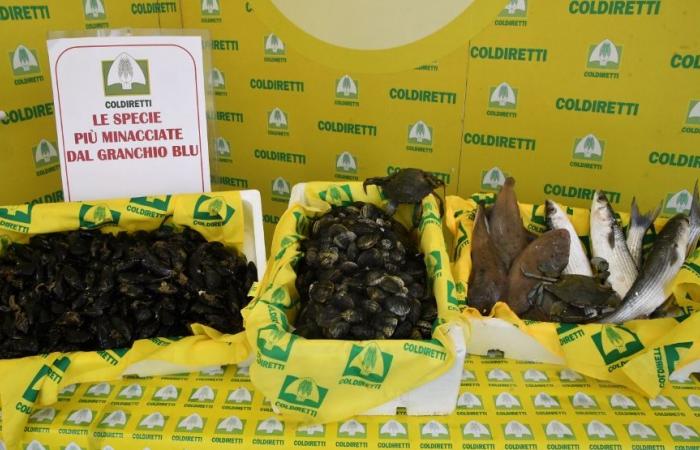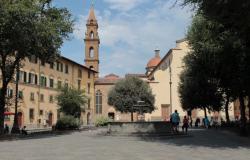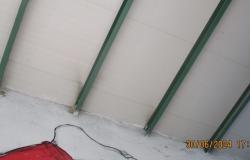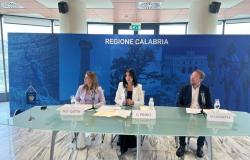Below is a press release released by Coldiretti Puglia:
If no measures are taken, the high bill paid by the fishing sector risks doubling due to the invasion of the blue crab, the “killer of the seas” which devastates clam and mussel farms but also clears out oysters, cockles, other crustaceans and fish such as sole and mullet. This is the report drawn up by Coldiretti Impresa at the Village of Venice, where for the occasion an exhibition of the species most at risk due to the invasion of the blue crab was set up, while the chefs, fishermen and farmers of Campagna Amica prepared a series of recipes to enhance the fearsome predator in the kitchen, with capture for consumption which is today the most valid solution to tackle the problem.
In Puglia the coasts are at risk, from the lagoon of Lesina and Varano – states Coldiretti Puglia – up to the basins behind the dunes of Salento, with damage to the ecosystem, but above all to the paranza fishery, decimated and made unsellable by the attacks of the alien crab. The blue crab, the alien species native to the Atlantic coasts of America, is taking over the seabed of the Adriatic coasts – underlines regional Coldiretti – driven by climate change and warming of the waters which have made our environments more suitable for its survival and proliferation.
One solution to contain the excessive spread of the crab could be to fish it for consumption. In this way – continues Coldiretti – it would be possible to transform what is now a calamity into an opportunity, with the inclusion of zero km in menus, starting from fishing tourism, fishing tourism and agritourism activities on the coast, in compliance with territorial regulations . The blue crab boasts, among other things, important nutritional properties, thanks to a strong presence of vitamin B12, extremely precious for the human body but also has a delicate and tasty flavour. The prices for those who want to buy it are around ten euros per kilo. But there is also – adds Coldiretti Puglia – the reuse of blue crab waste, from which for example chitin and chitosan are extracted, substances widely used for biomedical and nutraceutical purposes such as in food supplements.
A sector that could acquire ever greater importance considering that in 2022, globally, for the first time in history, aquaculture surpassed capture fishing as the main sector of aquatic animal production, according to the latest report published by the Food and Agriculture Organization of the United Nations (FAO).
Faced with the spread of what is listed by science as one of the worst invasive species introduced into the Mediterranean, with a very serious impact on lagoon ecosystems which is today only the “tip of the iceberg” of a real ecological catastrophe, the solution is the promotion of blue crab consumption, with the creation of a supply chain that involves fishing, large-scale retail trade, restaurants and agritourisms.
Some blue crab-based dishes created by the imagination of the fishermen and peasant chefs of Campagna Amica were presented at the Village of Venice. An opportunity that 54% of Italians agree with, according to the Coldiretti/Ixe’ survey presented for the occasion, between 8% who have already put a blue crab-based dish on their plate and 46% who would be willing to do so, while a similar 46% would not try them.
The objective – concludes Coldiretti – is to help contain the excessive spread of the crab, which is taking over the seabed of our coasts, identifying economic opportunities for the hard-hit territories.






